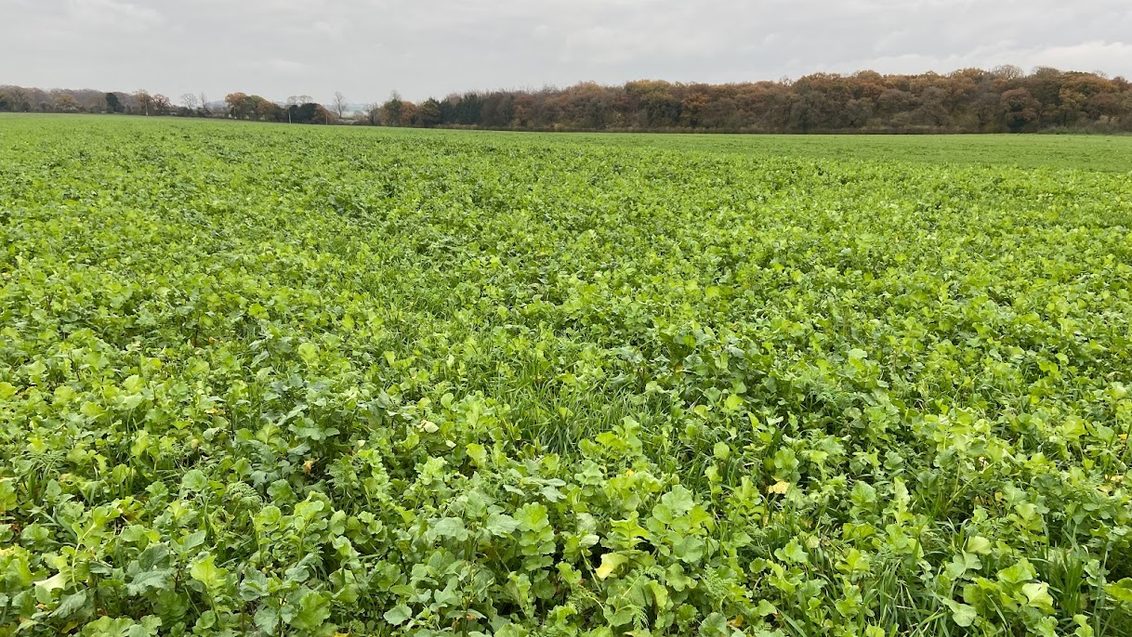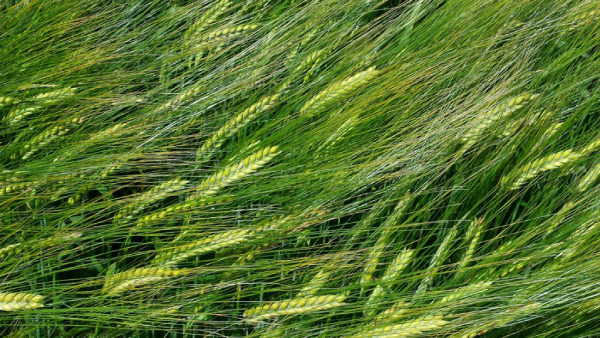|
Cover crops working hand in hand with a successful spring malting barley crop United Kingdom
With cover crops becoming increasingly popular many growers are using them within their rotation ahead of a spring crop. Whether they have been grown to capture nutrients, improve soil structure, support soil biology, produce soil armour to reduce potential soil erosion or provide winter habitat and food for insects, it is important they are not grown to the detriment of a good spring crop establishment. There are several factors that should be considered before removing your cover crop When deciding on the best method and timing to destroy the cover crop, there are a few things to consider including planned spring drilling time, method of drilling, soil cultivations, soil type and weeds present. Identifying the species within the cover crop mix is key to removing them effectively. Covers that have more frost-sensitive species such as buckwheat, phacelia or mustard, may find hard frosts will do a good job of destroying the crop and in conjunction with rolling or crimping in the frosty conditions can work well. The crimper roller provides a more aggressive roll, breaking the stems and macerating them, exposing the crops better to the frost. However, it's important to remember that rolling will not deal with full crop or weed destruction alone and will need to work alongside another method. More robust winter hardy species may need more attention and where we see some large canopies and perhaps woody stems, flailing will reduce the bulk but this operation takes more time and diesel to alternative options. A herbicide will provide efficient removal of both sown cover and weed species and is particularly beneficial for addressing grass weeds at the same time. However, crops with very large canopies or biomass that have not been initially flailed may in certain instances require a second application, which needs to be allowed for with destruction timing. Working back from your target drilling date by a minimum of six weeks will ensure that a herbicide, typically glyphosate has adequate time to break down the crop canopy along with any weeds. Where soil types are heavy and tend to hold more moisture removing the cover crop at the earliest opportunity will allow time for the biomass to break down. It will also ensure your seedbed has had chance to dry out, to ensure rapid establishment of the next crop. The use of livestock to graze cover crops can work effectively but if not managed well they can cause more harm, particularly on heavy soil types and if soil conditions are wet. A quick intensive graze tends to work better. Spring barley establishment following cover crops
If the spring barley is for a quality market, then choose a variety with Full MBC approval and know what the specifications are for that market. LAUREATE can be grown for both brewing and malt distilling, but these markets require a different % Grain N (typically below 1.65% for malt distilling and 1.66-1.75% for brewing). Testing available nitrogen levels in the soil is critical to ensure any additional nitrogen applied is tailored suitably to reach the right level for the market. To find out more about our spring barley varieties, click the button below.
More news from: Website: http://www.syngenta.co.uk Published: February 3, 2023 |



